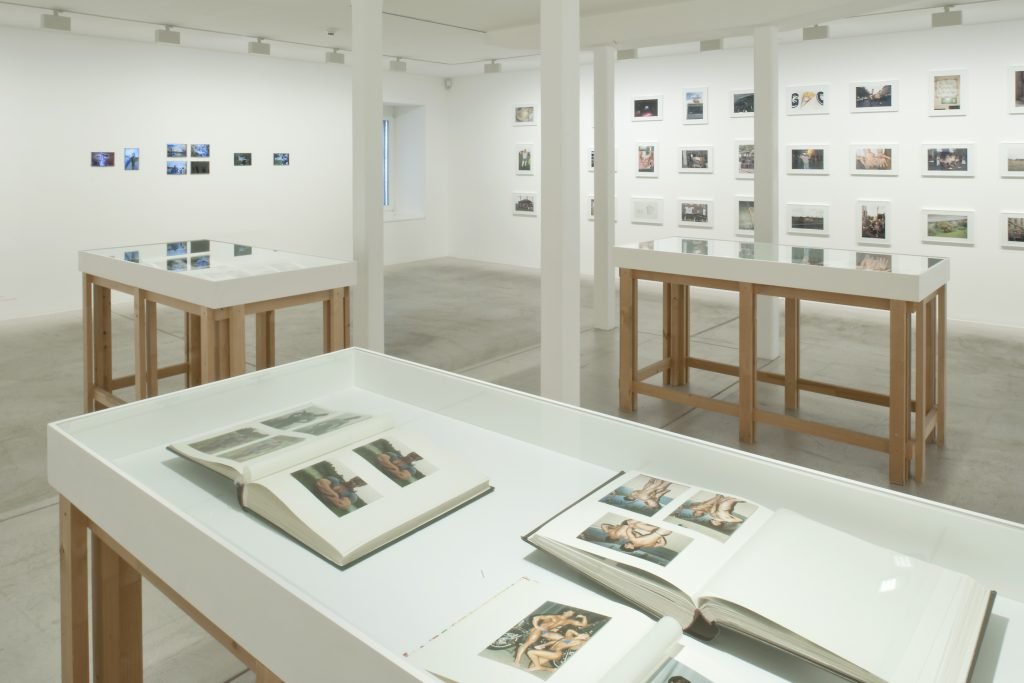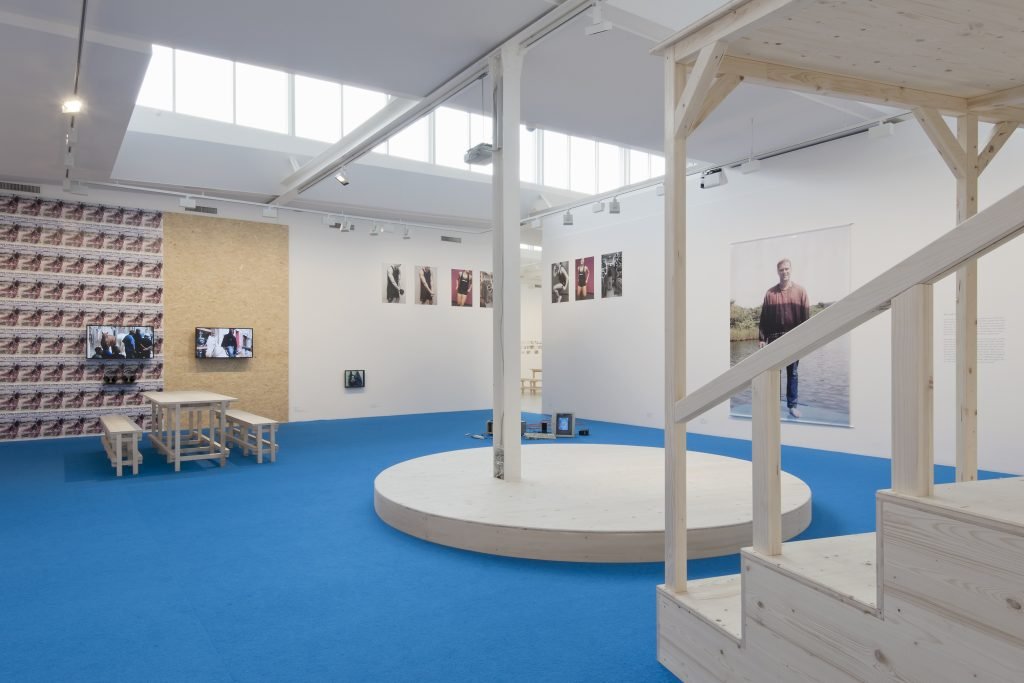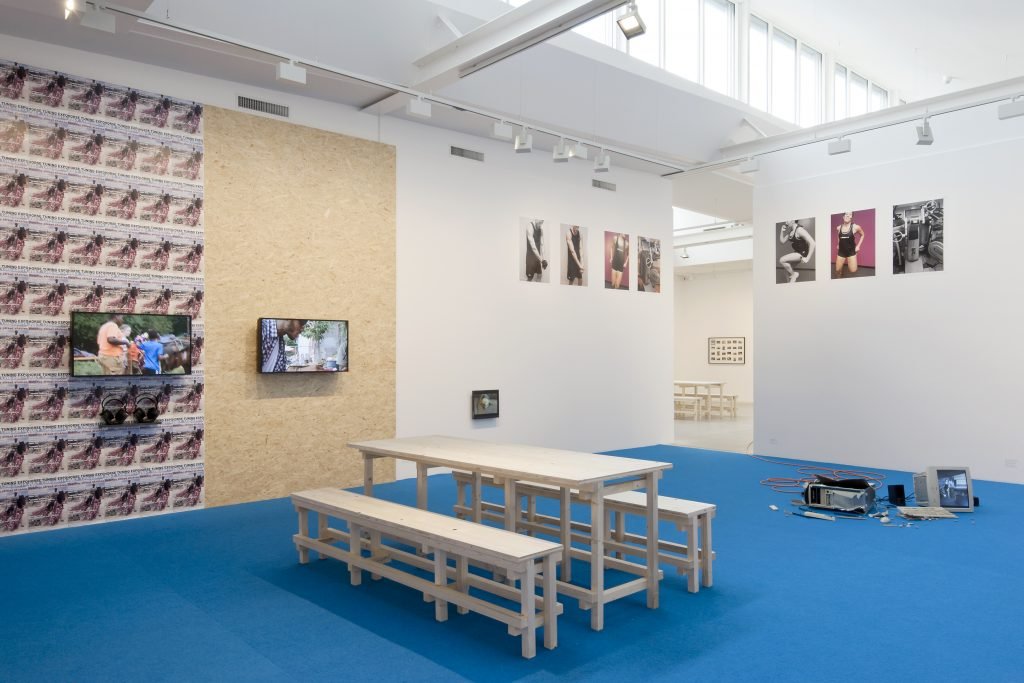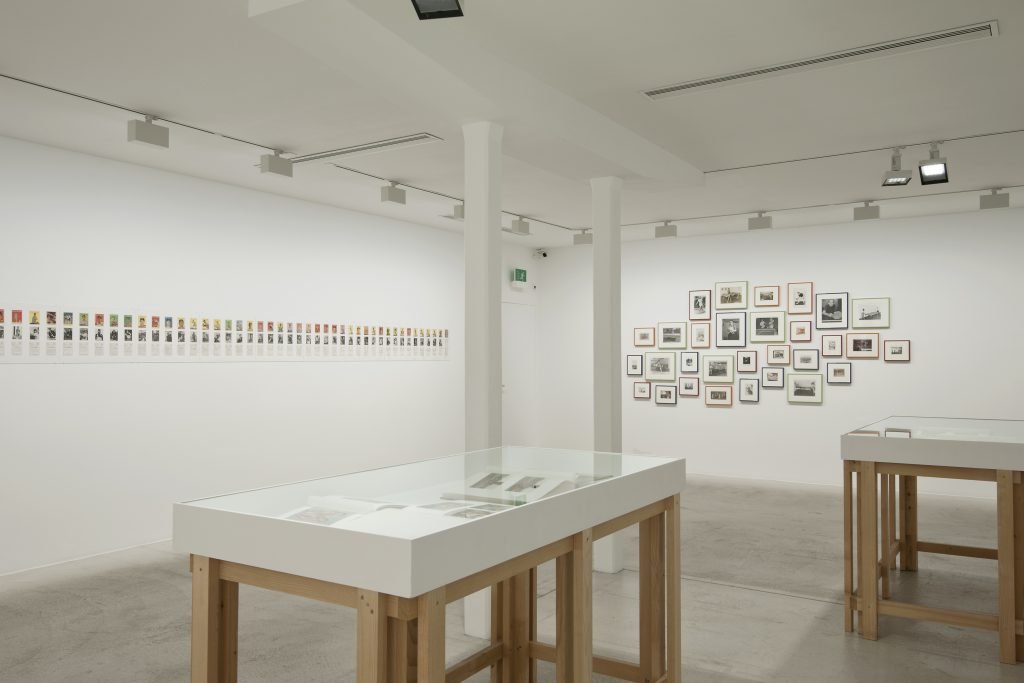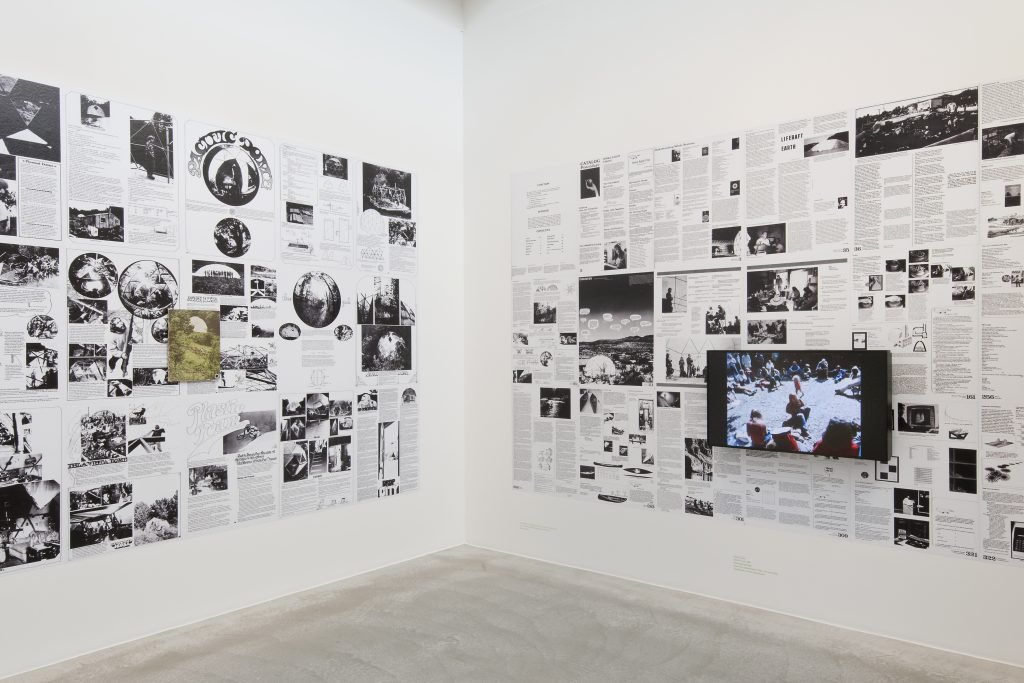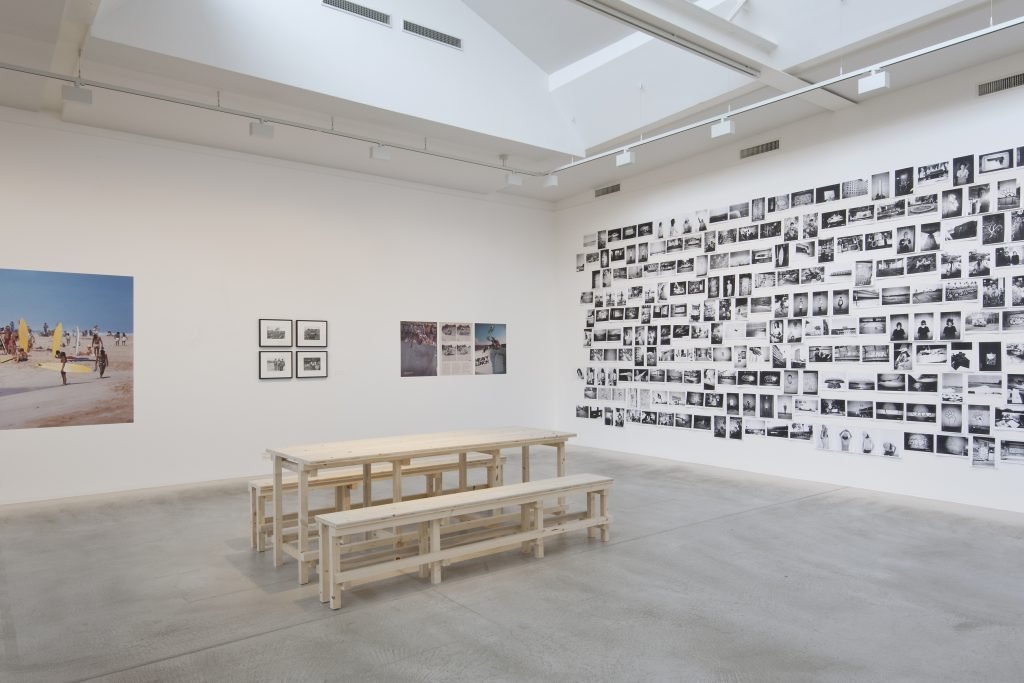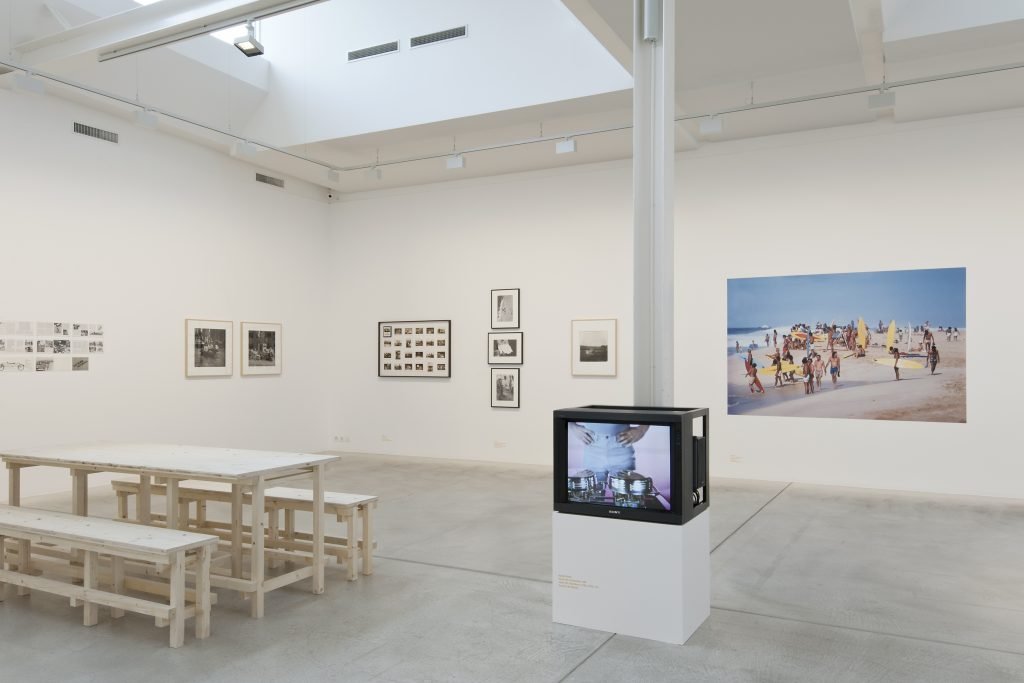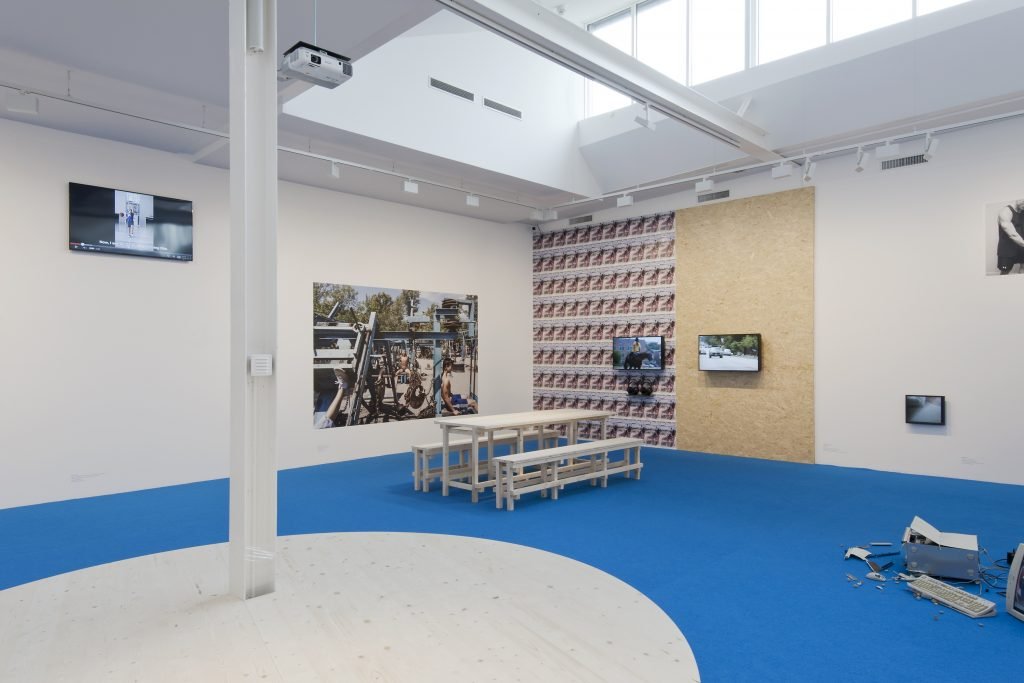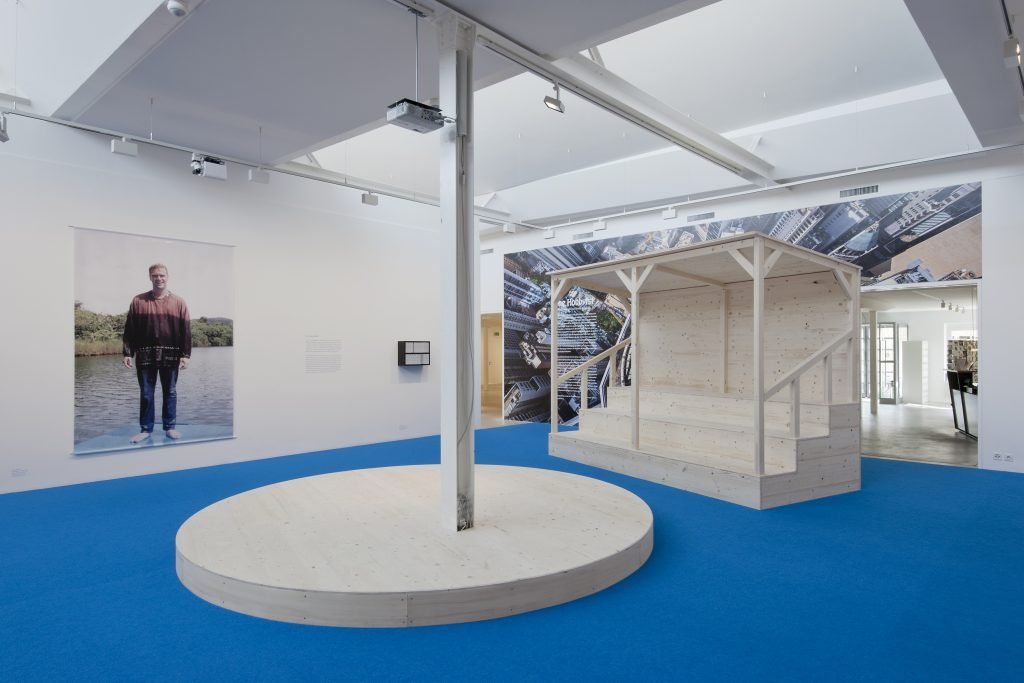 THE HOBBYIST
THE HOBBYIST
HOBBIES, PHOTOGRAPHY AND THE HOBBY OF PHOTOGRAPHY
What happens when photographers and artists incorporate hobbies into their work as a means of challenging artistic practices and hierarchies? How do hobbyists describe their passions photographically, not least today in our era of digital communication and online blogs? This is the first major exhibition to explore the relationship between photography and hobby culture, both in connection to photography of hobbies and also photography as a hobby practice.
The exhibition The Hobbyist examines, in five chapters, what a hobby might be in an age when our notions of private and social spheres have shifted due to the impact of the internet. Could the digital era spell the end of the hobby culture? Or have the likes of YouTube and media-related developments in photography actually given it a new lease of life? Against this backdrop, the exhibition looks at the phenomenon of the hobby and reflects on its multiple layers of meaning within the seemingly contradictory spheres of leisure and work, ideology and consumerism, amateurism and professionalism.
Fishing – hobby par excellence – swimming, football, the collection of butterflies and coins, the mountains, walking, running, painting and photography are all activities that come together, with many others, under the category of Hobbies. The hobby that is practiced during leisure time is something that is thought to serve to distract us or to bring us pleasure.
However, the concept of free time – established with the advent of industrial society – is closely connected with another type of time, that of work: notable capitalist product, free time is, for Adorno, an illusion in which the idea itself of freedom is questioned as appearance of freedom.
Actually, it is what remains of working time.
In a non-capitalist society we wouldn’t even need free time because all the time would be “free”. Indeed, due to the real structure of capitalism, leisure time is also an instrument.
According to Freud, there exists within us a being in constant struggle with social rules.
A hidden “ego” that pushes towards the very dissolution of social rules, which clings to our instincts, especially those of a more instinctive and animal sexual nature.
This urge is negative, and causes in our life a whole series of problems that psychoanalytic practice is able to face. The sublimation of these desires occurs through a shift implemented by the exploitation of more socially acceptable activities, such as art.
Now, however, in a capitalist society in which everything is possible in appearance, can this sublimation really take place? And if so, how does it happen? According to Herbert Marcuse it cannot take place, or rather it takes place in much more complex ways.
In capitalist and industrial societies that, as we said, are outside taboos and coercions, and where everything seems possible, indeed there is only a mere liberalization of that being, whose goal is the oppressive adaptation of man to the logic of a capitalist and technological society.
The individual faculties are flattened by a deaf and monopolizing power that reduces human communication to a single dimension.
Basically, through the alienation of individuals, capitalist society “treats” and “channels” their spirits with education and mass media and, in this way, by failing the critical sense, the modern society becomes nothing but a “one-dimensional” space, where the flattening makes the human conscience satisfied, hetero-direct, in what is called a repressive de-sublimation.
Before industrial society and mass society man pursued the objects of desire in a form of perennial sublimation because it was never satisfied, and therefore it led to a research for an “unapproachable” dimension. Now, instead, in a society “administered from above”, the individual is repressed and dissatisfied with new needs, losing the dream of another possible and desirable world, flattened into a single dimension of the de-sublimated and repressive consumption controlled by the market.
The Hobbyist is an exhibition curated by Pierre Hourquet, Anna Planas and Thomas Seelig inaugurated on September 9th 2017 at Fotomuseum, in Winterthur.
The Hobbyists exhibition also inaugurated on November 10th 2017 as part of Paris Photo in Temple Gallery, rue de la Corderie, in Paris.
The Hobbyist is a subjective VR video made by Nanda Fernandez Brédillard, which can be seen climbing on a platform that is very reminiscent of the small stage of Félix González-Torres.
The Hobbyist is a publication, a magazine that collects articles, interviews and images of the exhibited artists. An exhibition, different ways of fruition.
On the evening of the inauguration, the gallery room looked rather bare: a blue carpet and a wooden platform.
Once again, at Temple Gallery, Anna and Pierre have succeeded in transforming their small space and adapting it perfectly to the needs of the work, allowing the exhibition to be revealed to the viewer only once there.
The event consisted of a virtual experience using a headset for the subjective visit of the exhibition held in Winterthur.
Once we got to the platform, one at a time, Pierre invited us to wear a headset for the VR, and a short video of the exhibition started: we were inside the halls of the Fotomuseum in Winterthur, and a series of bizarre performers began to enact all around the platform.
We find the same blue carpet and the round platform. A gentleman in front of us starts playing a Swiss horn, some guys play a chess game that nobody knows how it started. Someone runs, someone crosses the exhibition space with a skateboard. A large image of a boy with wet clothes is hanging on the wall. In the corner of the room we also see a wooden staircase with a canopy. Not far from here a table with two wooden benches, on the ground a computer destroyed but still strangely functional.
Once the headset is gone and we get off the platform, we move all outside the tunnel. On the screen window a slideshow.
This is the book Bis morgen im Nassen; the author, Lotte Reimann, picks up a microphone to read the story of her meeting with Christian, the boy portrayed in the big photograph hanging at the Fotomuseum that we recognized from the video.
The story of Lotte is rather bizarre, the “hobby” of Christian seems to be that of wanting to throw himself into water every time he has the opportunity.
In the images that follow we see him completely dressed and wet next to a swimming pool, then back to the lake, still by the sea, on a boat, near the river. Always dressed with a pair of jeans and a t-shirt.
Always more or less wet: sometimes from head to toe, some other time only half-leg, other times up to half-length and so on.
We always see him with the same expression between amused and excited. Lotte has known Christian for a while and she shared his mania. Subsequently, she decided to take the collection of her most interesting photographs and turn it into a book.
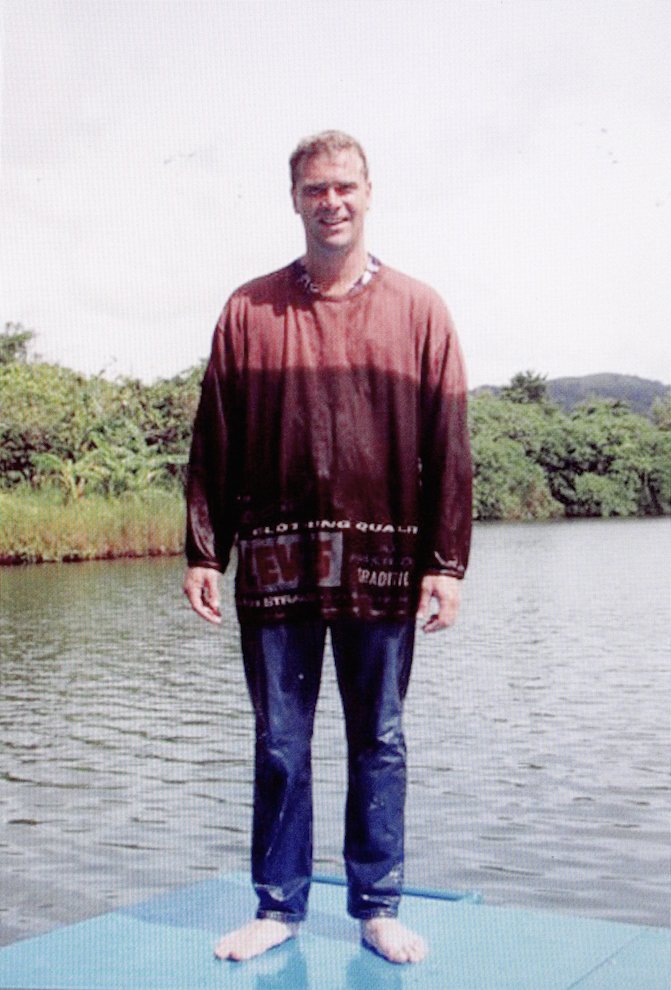
The whole operation developed by the curators has a fragmented nature, the works are in fact very different from each other: we see photographs, videos, performances and this same fragmentary nature is reflected in the dislocation of the exhibition between Winterthur and Paris.
In the choice of a catalog, that has more the nature of a magazine, with interviews, critical texts, a short essay by Adorno, even old Sony ads, a VR video still, which can be understood as a short preview of the exhibition but is missing any descriptive intent to choose, and instead let us immerse in medias res in what is an open operation that raises new questions.
The authors started with a few questions: “What happens when photographers and artists incorporate hobbies in their work as a means to challenging artistic practices and hierarchies? How do hobbyist depict their passions photographically? And what might a hobby be in an age when our notions of private and social spheres have shifted due to the impact of the internet? Has the digital era possibly conjured up the end of the hobby culture? Or have phenomena like YouTube and media-related developments in photography actually given hobbies and leisure time a new lease of life?”
“What happens when photographers and artists incorporate hobbies in their work as a means of challenging artistic practices and hierarchies? How do hobbyist depict their passions photographically? And what might a hobby be in an age when our notions of private and social spheres have shifted due to the impact of the internet? Has the digital era possibly conjured up the end of the hobby culture? Or have phenomena like YouTube and media-related developments in photography actually given hobbies and leisure time a new lease of life?”

The exhibition has a historical framework that starts from the post-avant-garde hippie experiences of the ’60s, the Do It Yourself culture of the ’80s up to the present day with the makers movement (digital artisans). In fact, the starting point is a publication called The Whole Earth Catalog, a catalog that collects the best tools and books that could be found that year around the world, with photographs and indications on their purchase and use. It was published for four years from ’68 to ’71, and revolutionized the idea of information of that time. From the hippie counterculture of the ’70s we find ourselves to the growing computer communities that, as we read again in the presentation of the catalog, produced prototypes of instruments for the future that, in the short space of two generations, would become part of everyday life. It is in fact in the movement between expert and amateur that the exhibition tries to document the moment when the hobbies, for some authors, become passions.
These are terms used by the editors in the preface of the catalog, which I find particularly suitable.
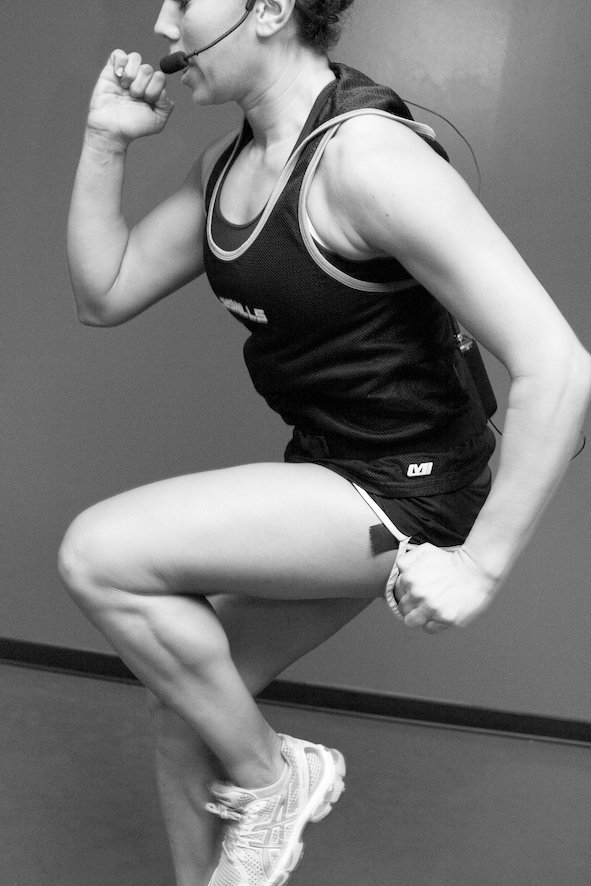
Roland Barthes, in a short essay on Beethoven, Musica Pratica, points out that there are no more amateurs in music, whose “The amateur, a role defined much more by a style than by a technical imperfection”, and that style of the perfect amateur was recognizable “touching off in us not satisfaction but desire, the desire to make that music”.
What, then, is this body which sings the lied? […] It is everything that resounds in me, frightens me, or makes me desire. It matters little where this wound, or this joy, comes from: for the lover as for the child, it is always the affect of the lost, abandoned subject that the romantic song sings. […] Who listens to this lied? It is not the bourgeois salon, social site where the “romance,” a coded expression of love quite distinct from the lied, will gradually refine itself and engender the French melodie. […] but its true listening space is, so to speak, the interior of the head, of my head: listening to it I sing the lied with myself, for myself.
I address myself, within myself, to an Image : the image of the beloved in which I lose myself and from which my own image, abandoned, comes back to me. […]
In short, the lied’s interlocutor is the Double-my Double, which is Narcissus: a corrupt double, caught in the dreadful scene of the cracked mirror, as Schubert’s unforgettable Doppelganger puts it.
And when he talks about Schumann he asks: “This movement, that shakes the innermost strings of our being and makes us participate so deeply and intrinsically in the artistic performance, is triggered by a desire. The lover, the child, the amateur who performs the piece for pleasure, in fact, makes us want that music, so instead virtuosity, perfect execution, without errors, without chance, does not exalt, does not drag: it takes us away from the body.”

So, as Thilo Koenig tells us in the article that we find in the catalog, photography takes an extremely important aspect.
Within a few years since the idea of hobbies became popular, photography took first place as a more popular pastime, a mixture of technology and science and technical innovation that also guides the market that seeks – above all – in the ’70s, to make the most accessible and easy means.
But is not it from the beginning of photography that all technological developments have focused on trying to make the medium easier and more accessible to people? From the heliography of Niepce to the complicated instrumentation used by Daguerre, to the Hershel and Talbot calotype to Eastman’s Kodak film, to the fateful “You press the button, we do the rest” ?. The snapshot, the polaroid, the digital, the smartphone, Instagram? In fact, Dieter Hacker and Andreas Selzer with the magazine Volkfoto, under the slogan “power to the amateurs”, Koenig tells us, “tried to process the” invisible mountain “of hidden photographs, set aside and to encourage amateur photographers to photograph not only the beautiful and interesting aspects of their lives. Instead, through an “operational photography” they were encouraged to undertake a deep documentary research, and to use the camera as a weapon: “Even if everything we see makes our desire seem utopian,” writes Dieter Hacker, “Although everything we see makes our wish semm utopian, we want a world that is determined by the amateurs – which is to say, everyone. That is why we have to become aware of our needs and abilities, and learn from the professionals what is useful to us, in order to defeat them.”
“Although everything we see makes our wish semm utopian, we want a world that is determined by the amateurs – which is to say, everyone. That is why we have to become aware of our needs and abilities, and learn from the professionals what is useful to us, in order to defeat them.”
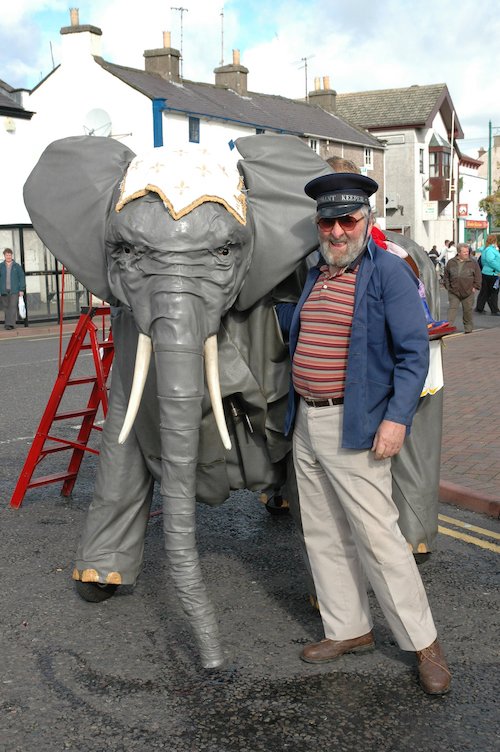
That’s when we see a work such as Folk Archive by Jeremy Deller and Alan Kane, a visual tale of the British popular culture of 2005, which brings together drawings, paintings, films, performances, costumes, decorations, political opinions, humour, and some surprising objects that celebrate the activity of a wide range of British pastimes and activities.
Deller and Kane select 280 objects that provide an overview of the state of contemporary folk art in the United Kingdom and represent the interest of both artists in artifacts and creative practices outside the traditional art world.
Many works discuss what we can call the ruins of the future, borrowing this definition from Ballard. I’m thinking of Eva & Franco Mattes or FUZI for example.
On Eva and Franco Mattes’s website, under the work My Generation, we find a quote by Boris Groys from “On Art Activism” in which he talks about a passage by Marinetti and tells us how, to the futurist theorist, aestheticize a guided modernity from technology it does not mean to glorify it and make it more efficient or improve its design; on the contrary, from the beginning of its artistic career Marinetti looks to modernity in a retrospective sense as if it had already collapsed.

A computer crashed on the floor, shows us a series of videos taken from youtube in which kids destroy computers, screens, or game consoles following a violent crisis of rage unleashed by video games. In the midst of progress we cheer up, sang Lindo Ferretti in the CCCP, technology is our most imminent catastrophe, the loss of control and anger towards these technologies is vital energy, alive that makes us say, once again, we are human. It is humanity that screams its deepest need, its survival.
So FUZI with its UV group (Ultra Violet) for fifteen years take the same train along the route Paris St Lazare – Mantes La Jolie, filling the cars with their tags, “FUZI,” “RAP,” “SALO,” ” KISS, “and” VOYOU “. In the photographs on show (a small selection of a large collection collected in “Ma ligne” Ed. Patrick Frey) we see writings on the creased skin of the seats, on the train walls, on the windows, a collection of vandalism, a daily performance that requires a well-tested strategy, able to escape the railway police and be invisible to other passengers.
“This required a rigid approach: employing the surveillance methods of the rail police (SUGE) and conductors, only with reverse circumstances. A routine that was synchronized with the gaps in train schedules and intervals between security checks; rhythmized by station stops and coach compartments; locating, painting over and photographing – maintaining the line.”
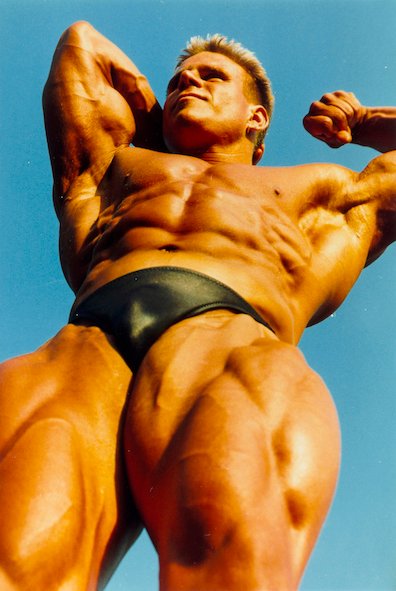
The vandal action as a need to claim a place, in what they call: “Temporary Autonomous Zones”. Kenneth Anger with Kustom Kar Kommandos, an experimental short film of ’65 seems to go in the opposite direction: a guy shines an American car, Hot rod in a pink-walled studio. The whole scene has an intense erotic charge, and turns the camera into a fetishist object. Shimmering, polished, chrome technology is an object of sexual desire in the hands of young American boys. As in an atlas, as in The Whole Earth Catalog, these works coexist together. The photos of Stephanie Kiwitt, GYM, the body of the gym, photographs in black and white and in color where the body, thanks to the exercise machine, is conditioned, almost forced to become “beautiful” to improve, but also to be artificial, unnatural. In Kirill Golovchenko‘s photographs taken from KACHALKA – Muscle Beach, these gym machines become archaic, public, ruined by the sun and sand.

Now there are many bodies of different social classes and physical activity becomes a metaphor for the reawakening of the political body of Ukraine. The beautiful archive of Jeff Divine, about the life of American surfers from 1970 to 2009, the photos of skaters by Craig Fineman, the alpinists of Glen Denny and the Instagram of Alexander Remnev, with the photos we all know in which we see him remain hanging at dizzying heights. The catalog is a central part of this vast exhibition, as we saw for the work of Jeremy Deller and Alan Kane, but also in Other People’s Photographs by Joachim Schmid: a collection of photographs collected by the artist divided by subject portrait, which stands as critical to contemporary photographic production and in which the artist stops producing to search, collect and use photographs taken by others.
O Directory of Ari Marcopoulos where the catalog has the format, appearance and quality of a phone book, where phone numbers give way to photographs taken by the artist, unpretentious photographs, a sort of visual noise, of everything what he has faced in the past three years. A non-reasoned catalog, not cataloged that could grow exponentially year after year. These combinations give us the idea of how Hobby is actually a vast concept, which covers a large part of contemporary culture and how the artist is willing to catalog, enunciate and analyze contemporary cultural phenomena, as an anthropologist could do, and as if in these phenomena there was the key to deciphering a deeper aspect of the human being, its push to the other dimension, to a collective dream that we can no longer dream of.
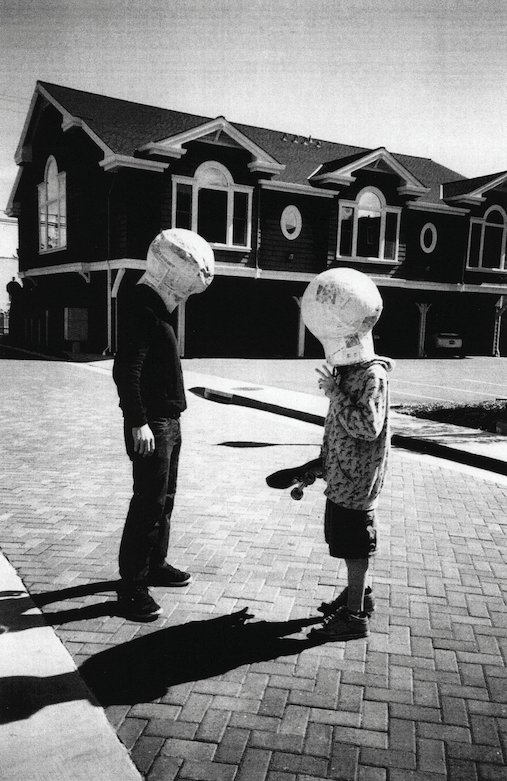
The Hobbyist, works of: Kenneth Anger, Diane Arbus, Benedikt Bock, Mohamed Bourouissa, Chris Burden, Ricardo Cases, Bruce Davidson, David De Beyter, Jeremy Deller/Alan Kane, Glen Denny, Jeff Divine, Craig Fineman, Robert Frank, Fuzi, Alberto García-Alix, William Gedney, Kirill Golovchenko, Carol Goodden/Gordon Matta-Clark/Tina Girouard/Suzanne Harris/Rachel Lew, Volker Heinze, Stephanie Kiwitt, Les Krims, Mike Mandel, Ari Marcopoulos, Eva & Franco Mattes, Hana Miletić, NEOZOON, Simone Nieweg, Jenny Odell, Bill Owens, Lotte Reimann, Alexander Remnev, Cosmos Andrew Sarchiapone, Eckhard Schaar, Joachim Schmid, Oliver Sieber, Alec Soth and Xiaoxiao Xu.

–
text by: Alessandro Laita e Chiaralice Rizzi
images by: © Christian Schwager
–
copyright © PHROOM, all rights reserved
–
